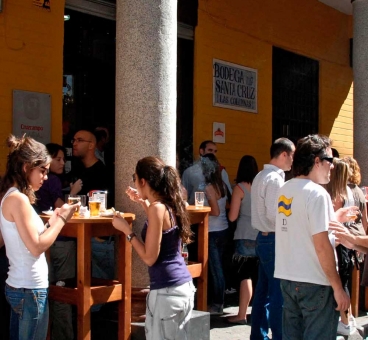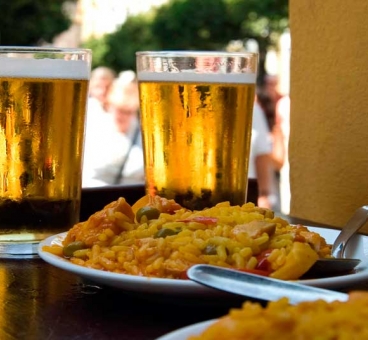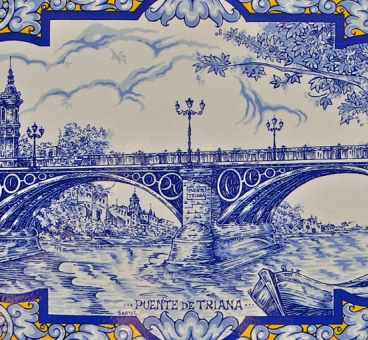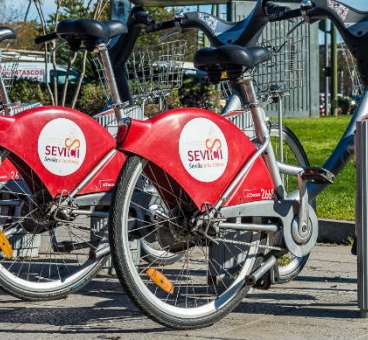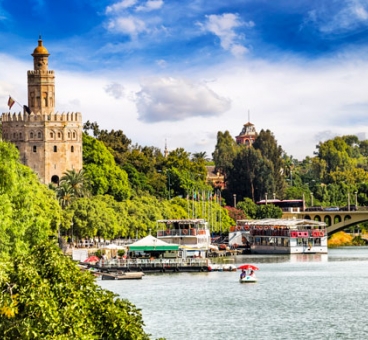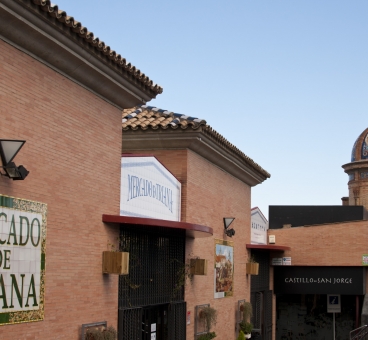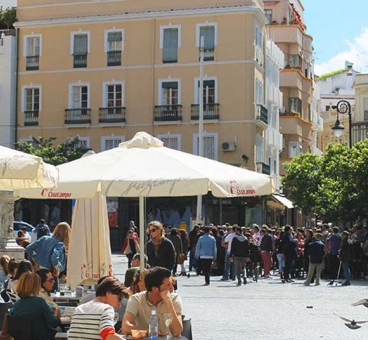The Romans rejected the idea of joining the two banks by building a stable bridge. The Arabs opted for a non-permanent bridge, and so in 1171, under the government of the Almohad caliph Abu Yacoub Yusuf, the so-called Bridge of the Boats was built, consisting of thirteen boats moored with chains supporting strong wooden planks. Its location was the current site of the bridge of Isabel II, El Castillo, on the Triana side, and at the height of the door in the wall, on the city side.
Only in 1845, when construction began on the current bridge, was its location moved to the area in front of the Plaza de Toros de la Real Maestranza. The design chosen was analogous to the Carrousel Bridge, now gone, which had been erected in Paris over the Seine in 1834 by the French engineer Polonceau. The new bridge project over the Guadalquivir river was entrusted to French engineers Gustavo Steinacher and Fernando Bernadet, who had already been working on the Puerto de Santa María on the construction of another. The materials used were stone and iron pillars, with no wood. On the Triana shore, a large containment ramp was built that reaches Calle San Jorge. The foundry pieces were built in Spain, specifically in Seville, in the workshops of the Bonaplata brothers. Construction began in 1845 and ended in 1852.
The inauguration was held on February 23, 1852 with the celebration of a military parade. The bridge was declared a National Historic Monument on April 13, 1976. A year later, in 1977, it was restored according to the plans of Huelva-born engineer Juan Batanero, and the work was directed by Sevillian engineer Manuel Rios Pérez. This work installed a new slab. The arches no longer have any structural function; they are purely decorative. It reopened on June 13, 1977.
